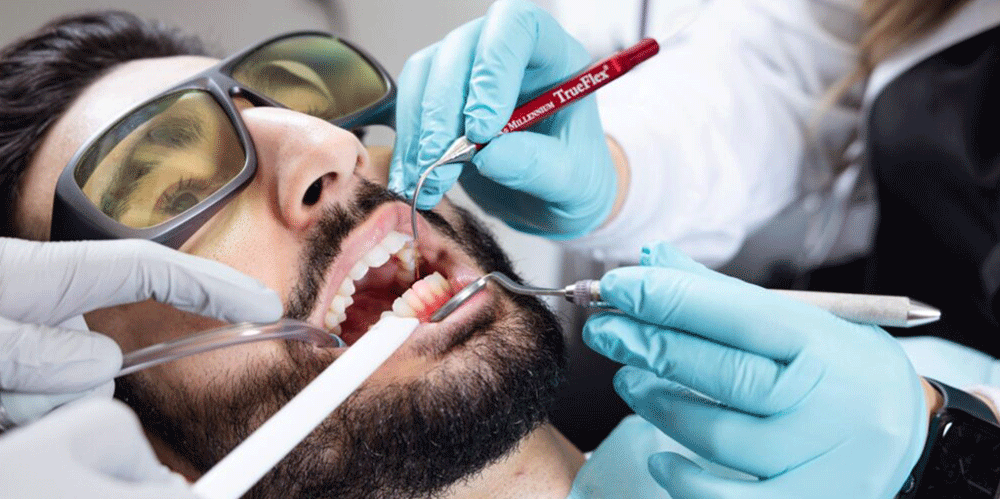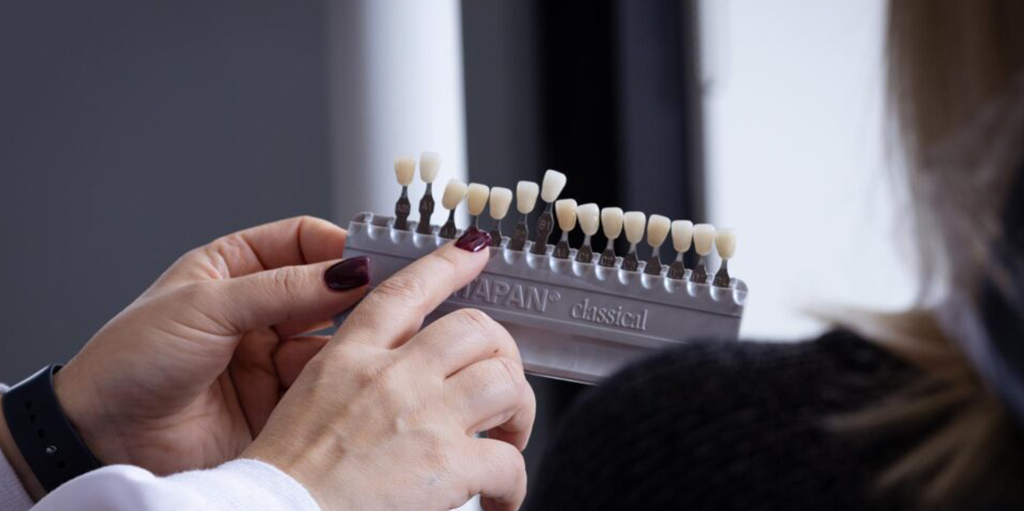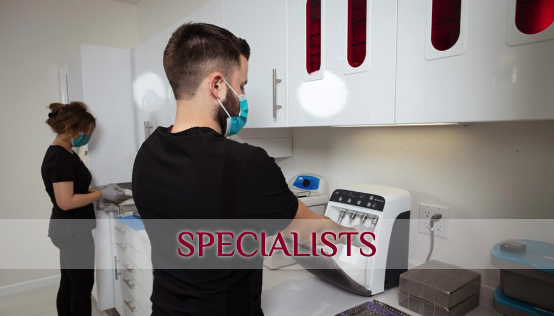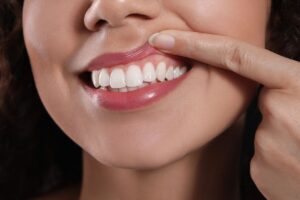Ozone therapy is increasingly becoming one of the most effective treatment options dentists use today. For many years, holistic dentists have used ozone therapy benefits. However, it has only been lately that it has achieved significant attention as bacteria are becoming more and more antibiotic-resistant. So, what are these benefits? We are here to explain.
What Is Ozone Therapy?
Ozone therapy in dentistry is a naturally effective method of reducing infection and inflammation and is an excellent preventative treatment to help a patient avoid a root canal treatment.
A holistic dentist will use ozone therapy when she feels there is a need to clean certain areas of the patient’s mouth. Utilizing a specialized ozone machine, the dentist will use a blast of ozone to successfully remove any bad microbes or bacteria. Ozone can be applied in the form of liquid or gas.
How Does Ozone Work?
Ozone is a very powerful form of oxygen with the unique ability to disinfect. This helps fight off many bacteria that can cause periodontal diseases, dental pain, and tooth decay.
Ozone benefits oral health as its negative charge is naturally linked to inflammation and infection. When ozone gas goes over a cavity, it kills the bacteria surrounding the tooth and changes the environment so the bacteria cannot thrive. In other words, Ozone benefits you in several ways. It neutralizes oral acidity, changes pH levels, and removes bacteria, which results in healthier teeth and mouth.

What Are the Ozone Therapy Benefits?
When dentists are asked, “What are the benefits of ozone therapy?” they are almost lost for words since it offers many benefits for dental health. The benefits of ozone therapy include the following:
- Elimination of Tooth Decay: Ozone therapy in dentistry offers a painless treatment of mild tooth decay.
- Effective Remineralization: Ozone treatment adequately repairs and remineralizes weakened enamel, with or without an extra remineralizing solution.
- Minimally Invasive: In many ozone dental treatments, ozone is applied straight to the outside of the tooth or gums. There’s no need for awful drilling when ozone cavity treatment is carried out, which can relieve dental anxiety for nervous patients.
- Less Tooth Sensitivity: Tooth sensitivity is usually the result of thin enamel. Since ozone is good at repairing tooth enamel, it’s also an amazing way to treat sensitive teeth.
- Canker Sore Treatment: Studies have revealed that ozone can effectively treat and heal canker sores. It helps lessen the pain caused by canker sores, too.
- Treatment of Temporomandibular Joint (TMJ) Pain: Ozone can be a natural and very effective treatment for TMJ pain.
- Safe, Effective, and Natural: Many dental treatments use toxic materials such as mercury amalgam fillings. Ozone is a molecule found in nature, and it reverts down to O2 within minutes of a dentist applying it.
- Quick Results: Since no numbing is required and the application of ozone takes just a few seconds, treatment time is the least possible.
What Are Other Benefits of Ozone Therapy?
If you want to know more about the benefits of ozone therapy, here is a video of Dr. Maryam Horiyat, DDS., explaining nine benefits of ozone therapy:
What Happens During an Ozone Dental Treatment?
Overall, expect your dental ozone treatment to be quick and painless. This is what will happen when you come in for your treatment:
- Your dentist will discuss what they will be doing and what you can expect during treatment.
- Then, they place the ozone gas or ozonated water in your teeth and gums wherever the treatment is required.
- You’ll wait up to a minute or two for the ozone to work, and your treatment will be completed.
- Your dentist may have you stay for a few minutes so the ozone can dissipate and break down before you leave.
Is Dental Ozone Therapy Painful?
If you try your best to avoid the dentist’s drill as much as possible, ozone therapy can help you maintain healthy teeth. If you are an adult or have a child that fears dental treatments, you will be happy to learn that this therapy does not involve drills, fillings, or injections. In a nutshell, dental ozone therapy is painless. It is a non-invasive dental technique that treats the early signs of tooth decay. Patients may never need to experience the drill when oral health is monitored regularly.

Can Ozone Therapy Be Used for Other Treatments?
Ozone therapy has been successfully used in various dental treatments. Ozone dental therapy is an effective treatment for patients who suffer from tooth sensitivity. Also, patients have proclaimed that they have experienced fewer issues with cold and hot sensations after treatment.
Gum disease is a common problem, and ozone therapy’s ability to fight off bacteria has proven highly beneficial. Plus, holistic dentists like to use ozone therapy as part of a root canal treatment to sterilize the canal to lessen the risk of infection and the need for retreatment or extraction.
Why Should I Choose Aria Dental for My Ozone Dental Therapy?
This article discussed ozone therapy’s benefits. In another article, we also explained why you should choose ozone therapy vs. antibiotics. If you are living in California and wondering where to get ozone therapy, We want to introduce Aria Dental Care in Orange County.
Our Top dentist, Dr. Maryam Horiyat, DDS., is a certified and accredited American Academy of Ozone therapy (AAOS) and Holistic Dental Association (HAD) member. All you need to do is to contact us, so we can answer your concerns and show you how it’s done.
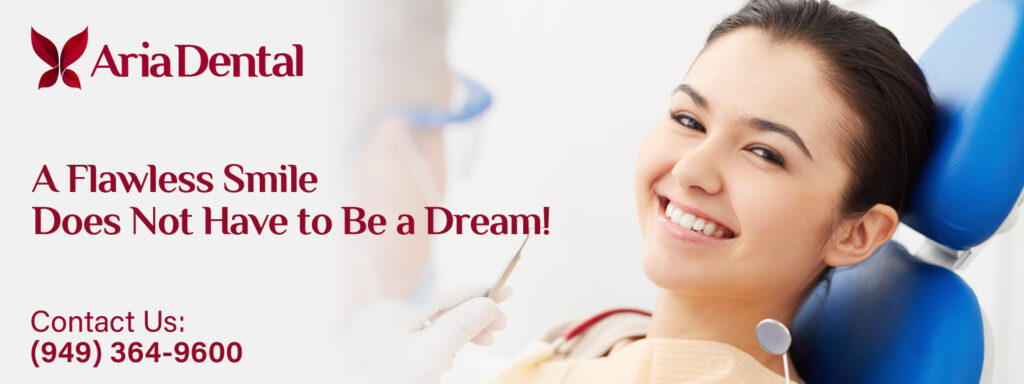
FAQ for Ozone Therapy
Can ozone therapy fix cavities?
Dental ozone therapy treats minor to medium levels of tooth decay but not severe ones.
What is the expected recovery time?
Zero. You can comfortably return to your daily routine as soon as your appointment has concluded.
Is ozone therapy safe?
Yes. Holistic dentists believe dental ozone therapy is a safe treatment to maintain healthy teeth and mouth.
What are ozone therapy’s pros and cons?
The pros of ozone therapy include neutralizing oral acidity and disinfecting your mouth. The cons of this therapy might include side effects like burning eyes, coughing, or nausea.



